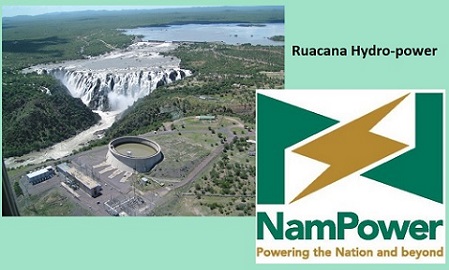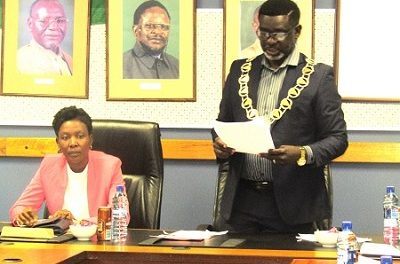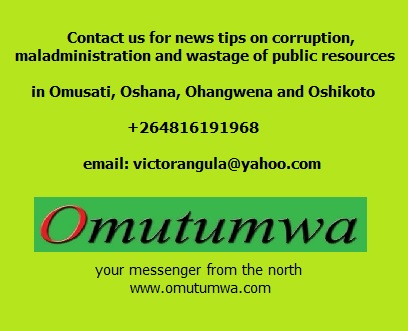The Ministry of Mines and Energy and other stakeholders will soon engage their Angolan counterparts to discuss the matter of low water flow of the Kunene River to ensure that Ruacana Hydro Power Plant is optimised and effectively used to the benefit of all electricity consumers in Namibia.
This was said by the Electricity Control Board (ECB)’s chief executive officer Mr Robert Kahimise when he announced an increase in electricity tariffs of 8.97% late last week in Windhoek.
Initially Nampower asked for an increase of 16.87% on what the power generator charges its customers.
“The Board of Directors of the Electricity Control Board (ECB) met on 28 April 2023, to deliberate on the review of NamPower’s bulk tariff application for the financial period 2023/2024,” Kahimise said.
Kahimise explained that annual electricity tariff reviews are conducted to ensure that [Nampower] charges appropriate tariffs to collect enough revenue to cover costs and provide reliable and efficient services at affordable cost-effective rates.
“In addition, it’s to ensure that electricity consumers pay the appropriate tariffs for electricity supplied.
“In reviewing the tariff, the ECB considered several factors, including the impact of the tariffs on the Electricity Supply Industry, consumers, and the economy at large.
“In particular, the current economic climate was considered. The ECB is cognisant that prices of goods and services have been increasing, and this is negatively affecting consumers.”
As part of the review process, the ECB consulted different stakeholders through a stakeholder meeting, at which Nampower presented its application to the stakeholders.
“After due consideration and in accordance with the tariff review process, the Electricity Control Board resolved to increase the NamPower average bulk tariff with 8.97% from the current approved tariff of N$ 1.8222 per kilo watthour to N$ 1.9856 per kilo watt-hour for the period 2023/2024,” Kahimise announced.
For the period 2023/2024, it is forecasted that the national electricity demand will be met 59% by regional imports and 41% by local generation.
“The Ruacana Hydro Power Plant is the main source of our local generation. However, it has performed below average over the years, due to the low water flow of Kunene River.
“Electricity that was not generated at Ruacana as anticipated during the previous period was replaced by imports at a higher cost, which leads to a higher tariff under-recovery.
“The Ministry of Mines and Energy and relevant GRN stakeholders will soon engage our Angolan counterparts to discuss the matter of low water flow of the Kunene River to ensure that Ruacana Hydro Power Plant is optimised and effectively used to the benefit of all electricity consumers in Namibia,” Kahimise stated.
In the photo: Ruacana Hydro Power Station.








